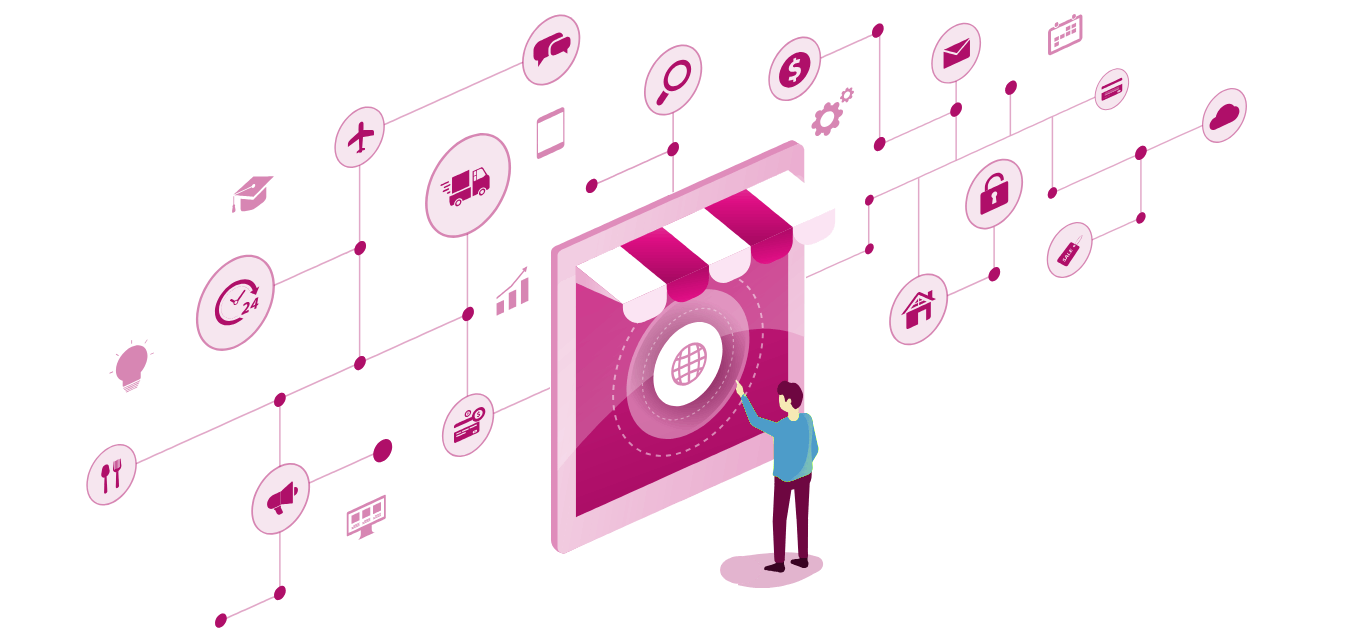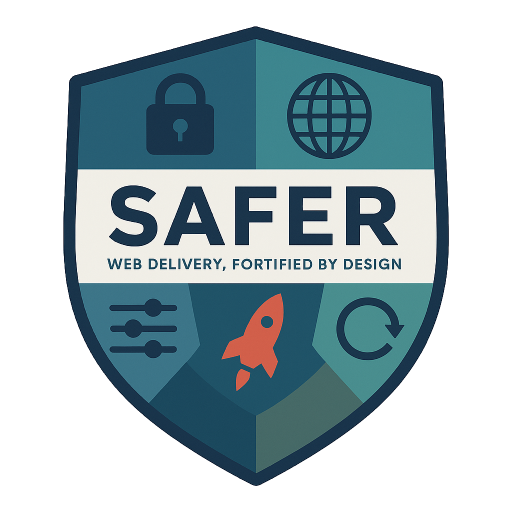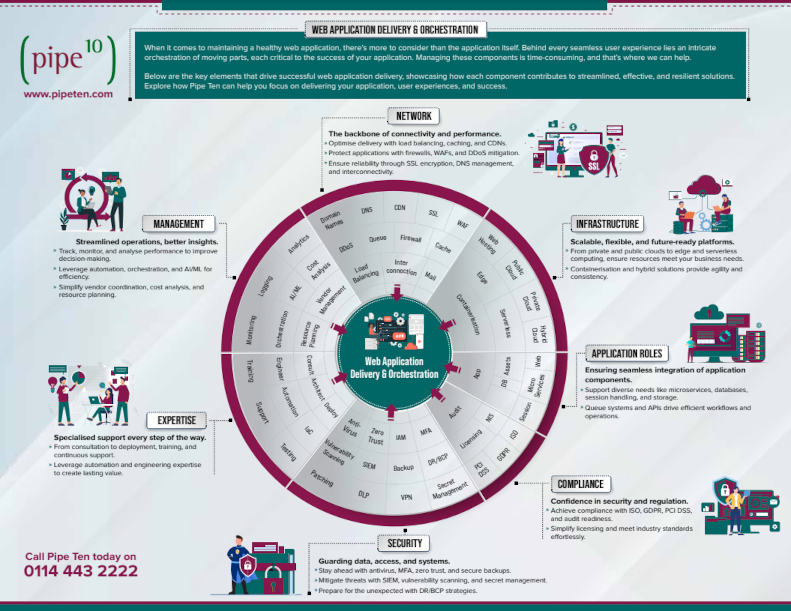AWS and Azure are both competitive on price. Real cost depends on workload shape, discount models, licensing and egress. This post shows how to compare like-for-like, where the hidden costs sit, and how to avoid lock-in while keeping bills down.
Headline rates do not tell the full story. Billing granularity, commitment discounts, spot capacity and Microsoft licensing benefits all change the outcome. Use a consistent spec and region when comparing, and factor in data movement.

Like-for-like example pricing (on-demand)
- AWS t4g.xlarge (4 vCPU, 16 GiB, Graviton/Arm): approx £ 0.111 per hour on-demand.[1]
- Azure Standard D4ps v5 (4 vCPU, 16 GiB, Arm/Ampere): approx £ 0.131 per hour on-demand.[2]
Note: Prices vary by region and currency.
Billing and discounts that change the result
- AWS: per-hour billing on many services, with Savings Plans, Reserved Instances and Spot (large discounts possible).[3]
- Azure: per-minute billing on many services, plus Azure Hybrid Benefit for Windows/SQL licensing that can materially reduce costs if you already own licences directly or purchase licenses via Pipe Ten.[4]
- Reality check: most organisations underuse discounts and leave money on the table. Focus on the mix that fits your workload pattern.
Where hidden costs appear
- Data egress and inter-cloud transfer: moving data out of a cloud or between regions/providers can dominate costs for data-heavy systems.
- Managed databases and analytics: proprietary PaaS features can save time but increase switching costs later.
- Idle or over-provisioned capacity: rightsize often; many environments drift upwards without review.
How to avoid lock-in while optimising cost
- Design for portability: containers, Terraform and clear abstractions reduce reliance on a single provider feature set.
- Split workloads by strength: place each workload where it performs best or is cheapest to run, not all in one place.
- Plan your data gravity: minimise cross-cloud chatter, cache at edges and keep analytics close to storage.
- Combine discount models: blend savings plans or reservations with spot/preemptible where appropriate.
- Review quarterly: prices, instance families and discount offers change; treat cost as an ongoing practice.
What a good comparison looks like
- Same vCPU, memory, architecture and region on both providers.
- Include storage, network egress and managed service costs in your total.
- Model steady vs bursty use (hourly granularity matters).
- Test with and without discount plans, spot and licensing benefits.
Pipe Ten’s role

- We benchmark AWS and Azure like-for-like, including storage and egress, and model discount options.
- We design for portability so you keep leverage in vendor negotiations.
- We manage ongoing optimisation, so gains are maintained as services and prices change.
Get started
Want a side‑by‑side comparison tailored to your workloads? We will build a clear cost model that includes egress, data services and your discount options, and show how to avoid lock‑in without paying more.
References
- AWS t4g.xlarge on‑demand list price (public tracker, 4 vCPU / 16 GiB): approx $0.1344/hr. Source: Vantage EC2 instances. Validate in your region with the official AWS EC2 pricing.
- Azure Standard D4ps v5 (4 vCPU / 16 GiB) on‑demand list price: approx $0.154/hr. Source: Vantage Azure instances. Validate in your target region with the Azure Pricing Calculator.
- AWS EC2 pricing models and discounts (On‑Demand, Savings Plans, Reserved Instances, Spot): aws.amazon.com.
- Azure Linux VM pricing overview and billing granularity: azure.microsoft.com.
Author: Carl Heaton
Carl is a founder and CTO/CISO of Pipe Ten and uses his role to drive the company’s vision to transform business online in delivering it’s mission to forge agile technical partnerships that accelerate web success. Carl boasts an illustrious career spanning over two decades, starting as a fledgling web developer in his teens, he swiftly ascended the ranks, honing his skills in architecting secure web application infrastructure. With his finger on the pulse of emerging web technologies, Carl has tracked and influenced the ever changing world of cyber security, internet governance, industry regulations and information security compliance ensuring Pipe Ten successfully achieved and maintain ISO/IEC 27001 certification.
“`
If you want, I can also add a **second comparison row** (e.g., Intel/AMD general‑purpose 4 vCPU / 16 GiB on both clouds) and a tiny table snippet that drops into this layout cleanly.

